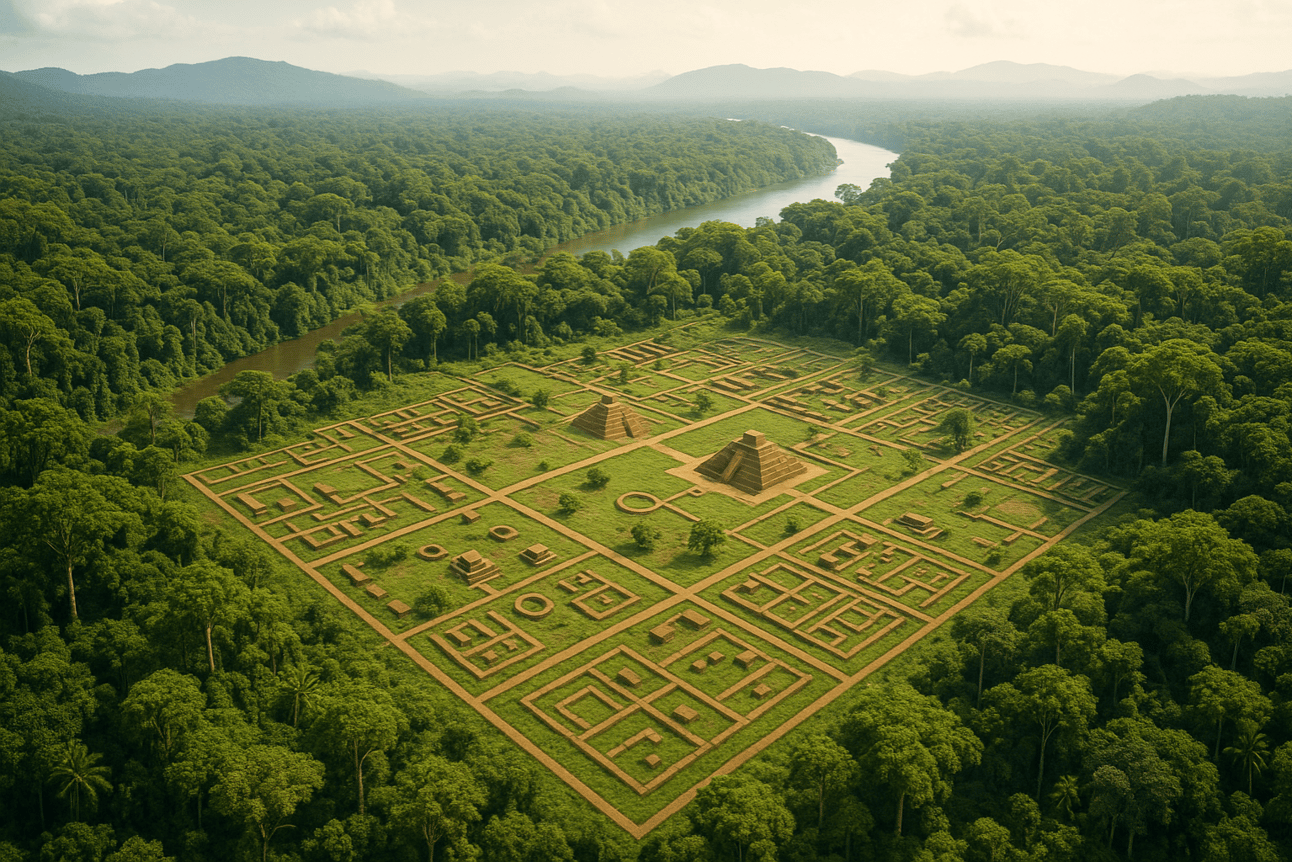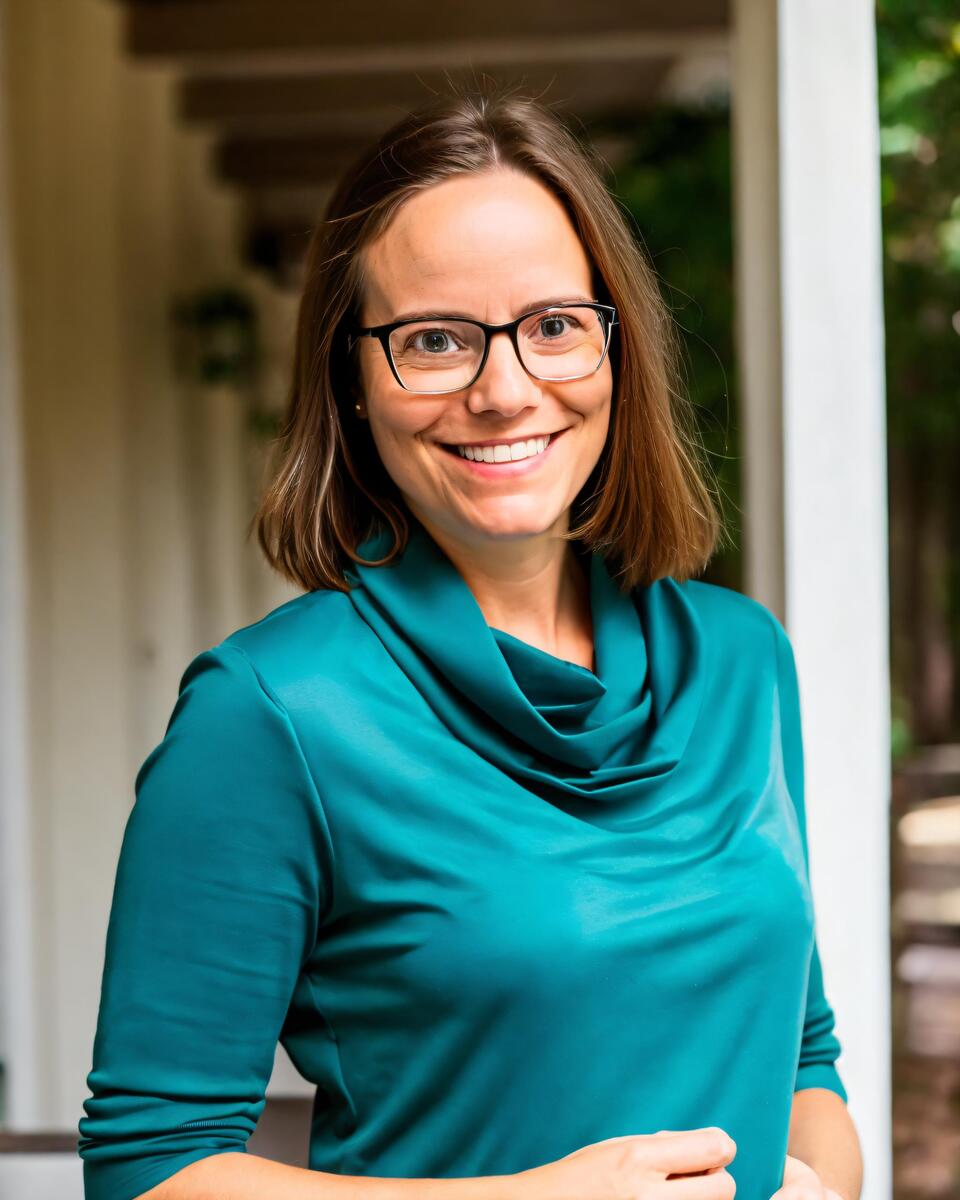
Image Source: ChatGPT-4o
OpenAI Launches $250K “OpenAI To Z Challenge” to Find Lost Amazon Civilizations
OpenAI has launched an unusual new competition that blends artificial intelligence with archaeology—offering $250,000 to teams who can use AI to identify previously undiscovered archaeological sites in the Amazon rainforest.
The “OpenAI to Z Challenge,” announced this week, invites participants to apply OpenAI’s newest models to satellite imagery, lidar scans, historical texts, and open-source data to uncover evidence of ancient civilizations. The initiative draws inspiration from myths like the “lost city of Z” and aims to turn AI into a tool for historical discovery and cultural preservation.
The challenge is rooted in long-standing legends of the Amazon, including the mythical cities of Paititi, El Dorado, and the so-called “lost city of Z.” Some researchers believe “Z” may refer to Kuhikugu, a collection of 20 ancient settlements in Brazil’s Xingu River basin. But many parts of the region remain unmapped. OpenAI is encouraging participants to bring AI into the field of discovery—piecing together scattered historical, cultural, and visual records to help complete the picture.
A Mission Rooted in Discovery and Preservation
Participants are challenged to find new archaeological sites—such as ancient settlements or road networks—hidden beneath the canopy of the Amazon biome. The focus is primarily on Brazil, with allowed extensions into parts of Bolivia, Colombia, Ecuador, Guyana, Peru, Suriname, Venezuela, and French Guiana.
To support their search, participants can draw on a wide range of open-access sources, including:
High-resolution satellite imagery
Published lidar tiles
Colonial-era diaries
Indigenous oral histories and maps
Archaeological survey papers and documentaries
Entrants are encouraged to use OpenAI’s o3, o4-mini, and GPT‑4.1 models to make sense of these materials and pursue one of several research paths:
Pinpoint new sites or settlements, providing predicted coordinates and verifying them using at least two independent methods
Generate new historical insights, backed by multiple sources and presented in a research-style write-up
Develop a novel method for discovery, such as large-scale data processing workflows or AI-guided classification techniques
The Challenge
OpenAI will select five finalist teams, who will be invited to present their work during a livestreamed event. The panel will include subject matter experts, OpenAI staff, and a guest AI leader. The public will help vote on the winning submission.
The challenge is open now, with final submissions due by 9 PM PST on June 29, 2025. OpenAI and its panel of experts will review all entries and select five finalists to advance to the final judging round.
The winning team will receive funding to collaborate with local archaeologists and remote sensing experts to further develop their discoveries. They may also receive support to access higher-resolution satellite imagery. If permits and local approvals are secured, the team could have the opportunity to join field researchers on-site to help verify their findings directly.
Prizes include:
1st place: $250,000 (cash and API credits), plus funding for further collaboration with local archaeologists and access to advanced imagery. Field visits to confirm findings may be arranged, pending official permissions.
2nd place: $100,000 (cash and credits)
3rd place: $50,000 (cash and credits)
Final submissions are due by 9 PM PST on June 29, 2025.
How to Submit
Participants must complete an official entry form and include the following materials:
A GitHub repository containing their source code
A findings document that includes maps, screenshots, citations, and written analysis
A 200-word abstract summarizing their methodology and discoveries
Only the latest version submitted before the deadline will be reviewed. Each entry is automatically timestamped when submitted, and if multiple versions are received from the same team, only the most recent one submitted before 9 PM PST on June 29, 2025 will be evaluated. Email submissions will not be accepted.
Judging
The judging process begins with an initial screening for validity, confirming that:
At least two verifiable public sources were used (e.g., lidar tile ID, DOI, satellite scene ID)
All links are accessible without paywalls or credentials
Content is original and within scope; no plagiarism
Evaluation of plausibility and quality, based on:
Archaeological impact: How convincingly the proposed discovery contributes to the understanding of Amazonian history
Investigative ingenuity: The quality of depth, creativity, and range of evidence used
Reproducibility: How clearly the process is explained and how easily experts can retrace the steps
Presentation: How clearly the submission presents its maps, measurements, and overlays—and how convincingly these elements support the proposed site location.
Novelty: Whether the submission introduces a genuinely new discovery, method, or perspective that adds meaningful value to the field.
Submissions must use OpenAI models to be eligible for judging. Final decisions during the livestream event will be made at the full discretion of the panel.
Learn More and Apply
To explore the full competition details, access datasets, and submit your entry, visit the official challenge page on Kaggle.
OpenAI has also provided a helpful resource bundle to get you started.
Final submissions are due by 9 PM PST on June 29, 2025.
What This Means
By inviting open participation in archaeological research, OpenAI is reframing what it means to explore history in the age of AI. The challenge not only taps into public fascination with lost cities and ancient civilizations—it also demonstrates how generative models can be used for scientific inquiry, pattern recognition, and large-scale data analysis in real-world settings.
Instead of asking AI to summarize or create, OpenAI is inviting the public to use its models as tools for scientific discovery and historical investigation—tasks that require reasoning, cross-referencing, and evidence-building.
This challenge also opens access to a field that has historically been limited to specialists. By combining open datasets, accessible models, and a global platform for submission, OpenAI is helping democratize archaeological research. Anyone with curiosity and a structured approach can contribute—potentially uncovering settlements that have been hidden for centuries.
The implications go beyond archaeology. This is a model for how AI might soon assist in other complex investigations: from climate mapping to urban planning, biodiversity tracking to cultural preservation. By framing the AI as an assistant in reasoning and exploration—not just generation—OpenAI is pushing the boundaries of how these tools can be used in the real world.
In short, this isn’t just a prize competition. It’s a test of what happens when powerful models are handed a hard, open-ended question—and asked to help find the answers.
Editor’s Note: This article was created by Alicia Shapiro, CMO of AiNews.com, with writing, image, and idea-generation support from ChatGPT, an AI assistant. However, the final perspective and editorial choices are solely Alicia Shapiro’s. Special thanks to ChatGPT for assistance with research and editorial support in crafting this article.
